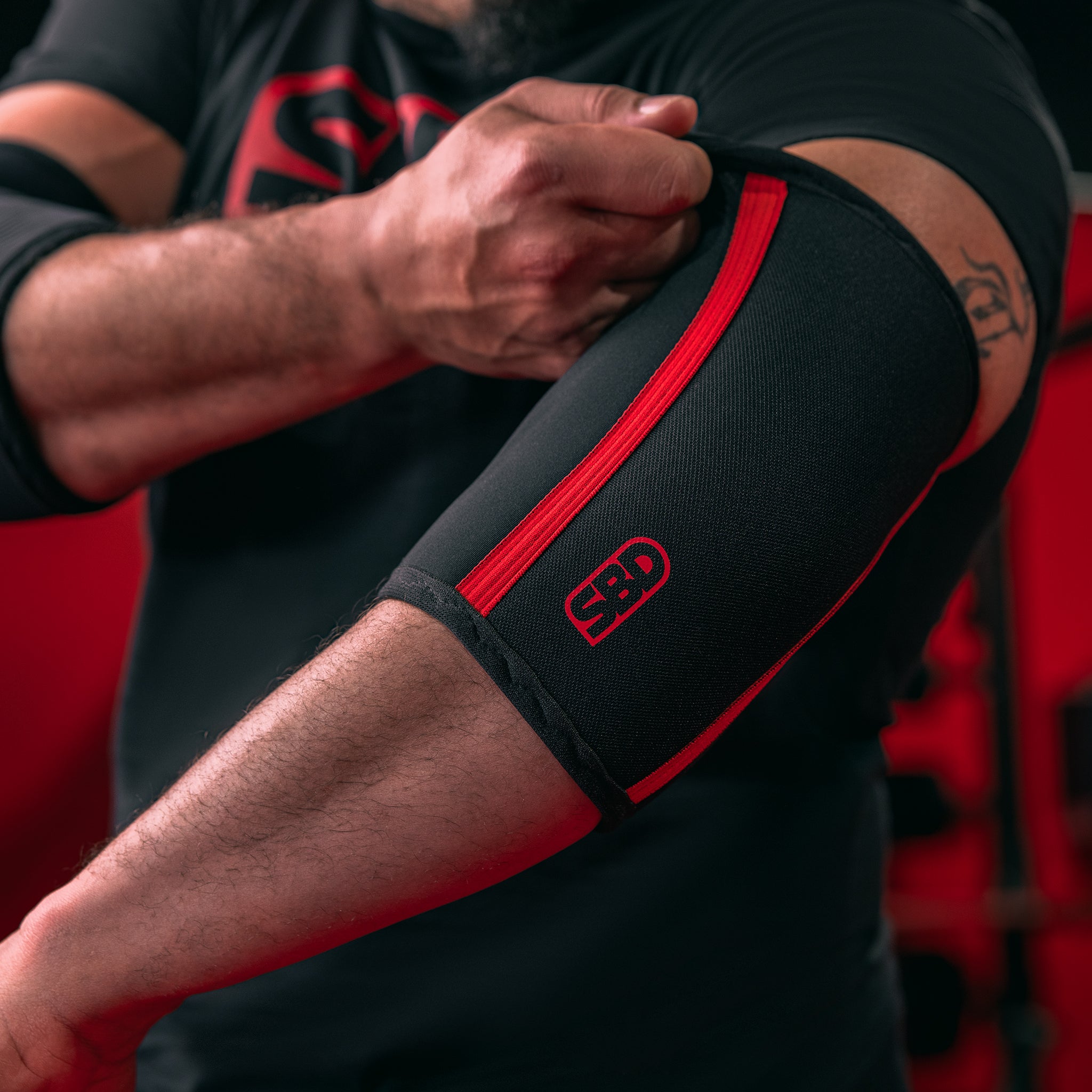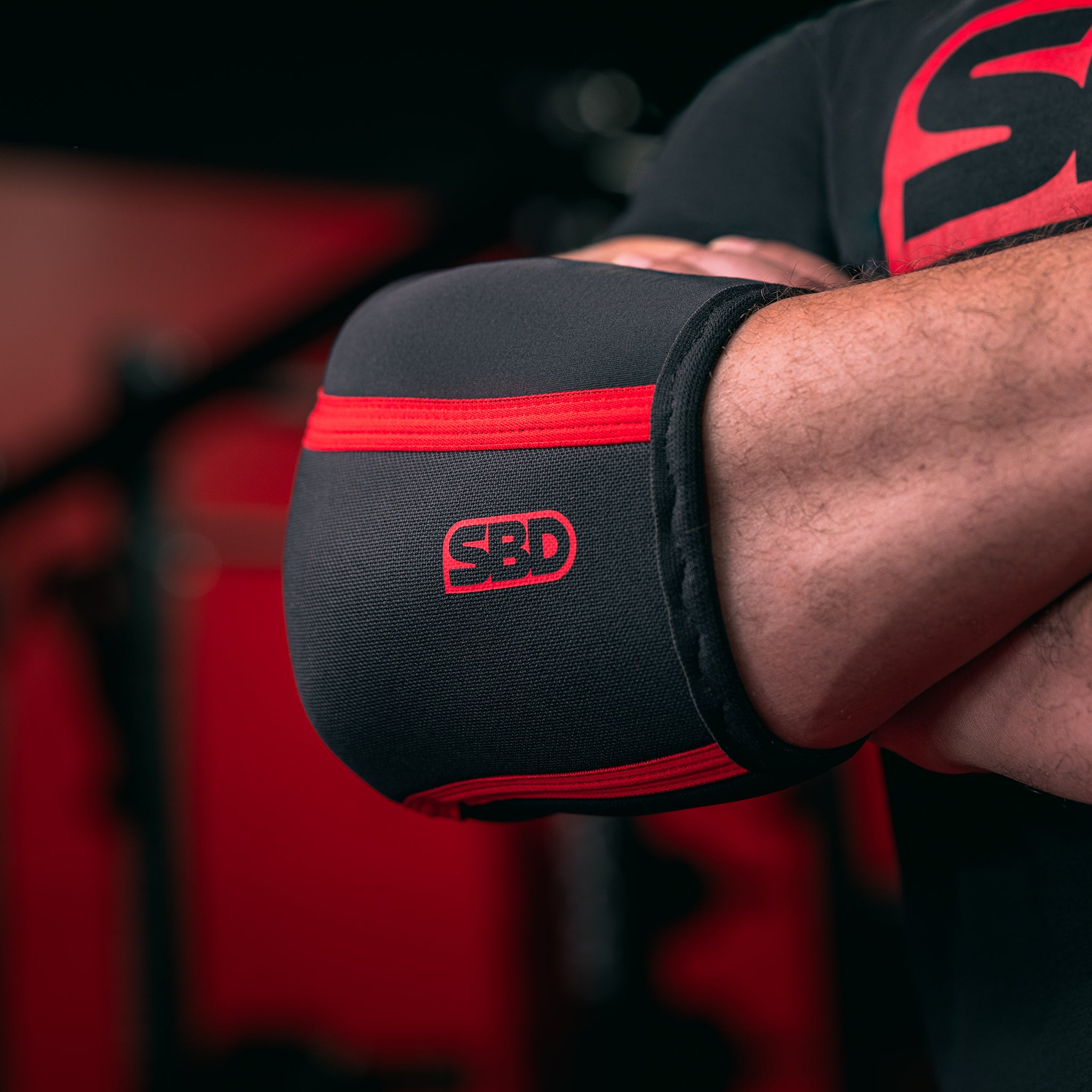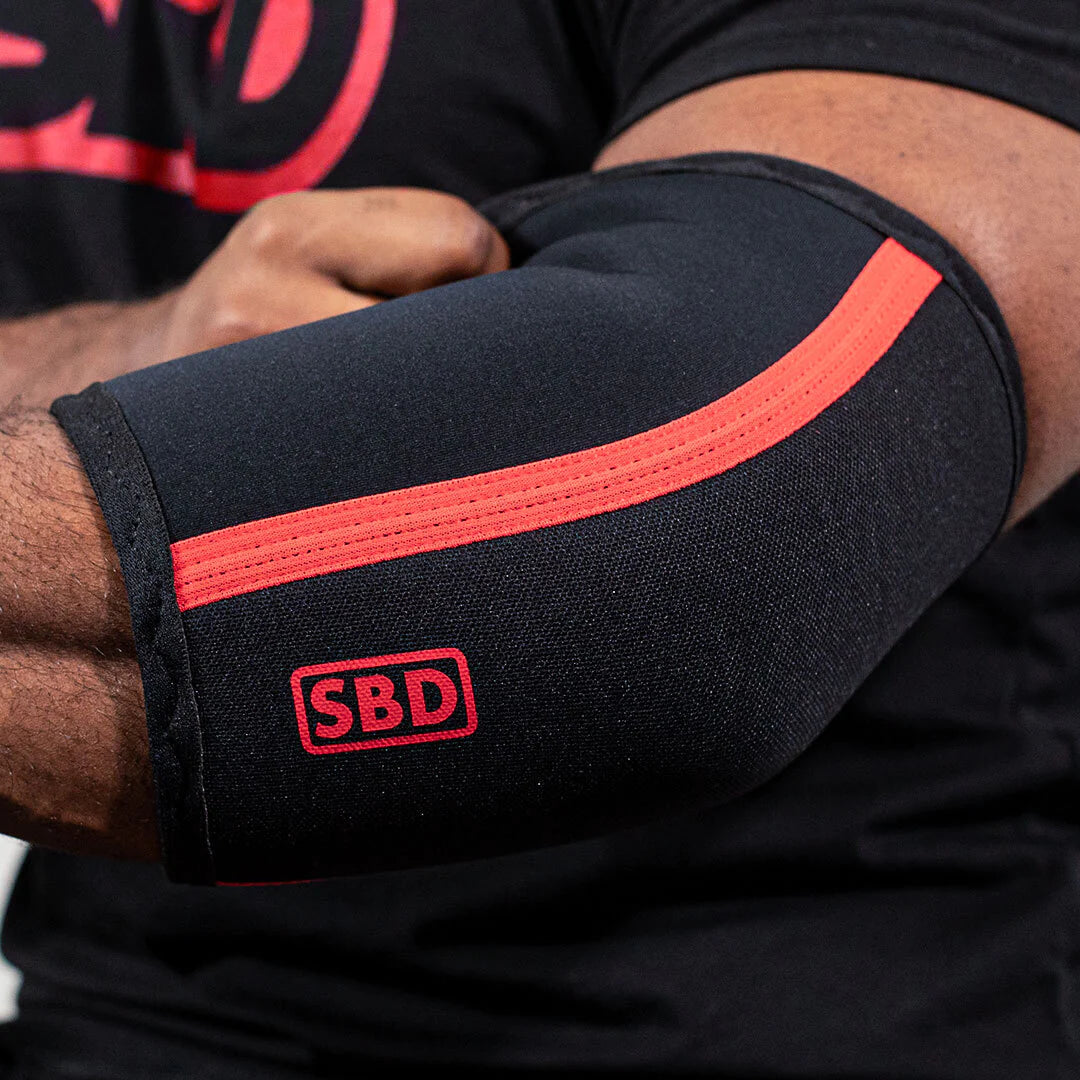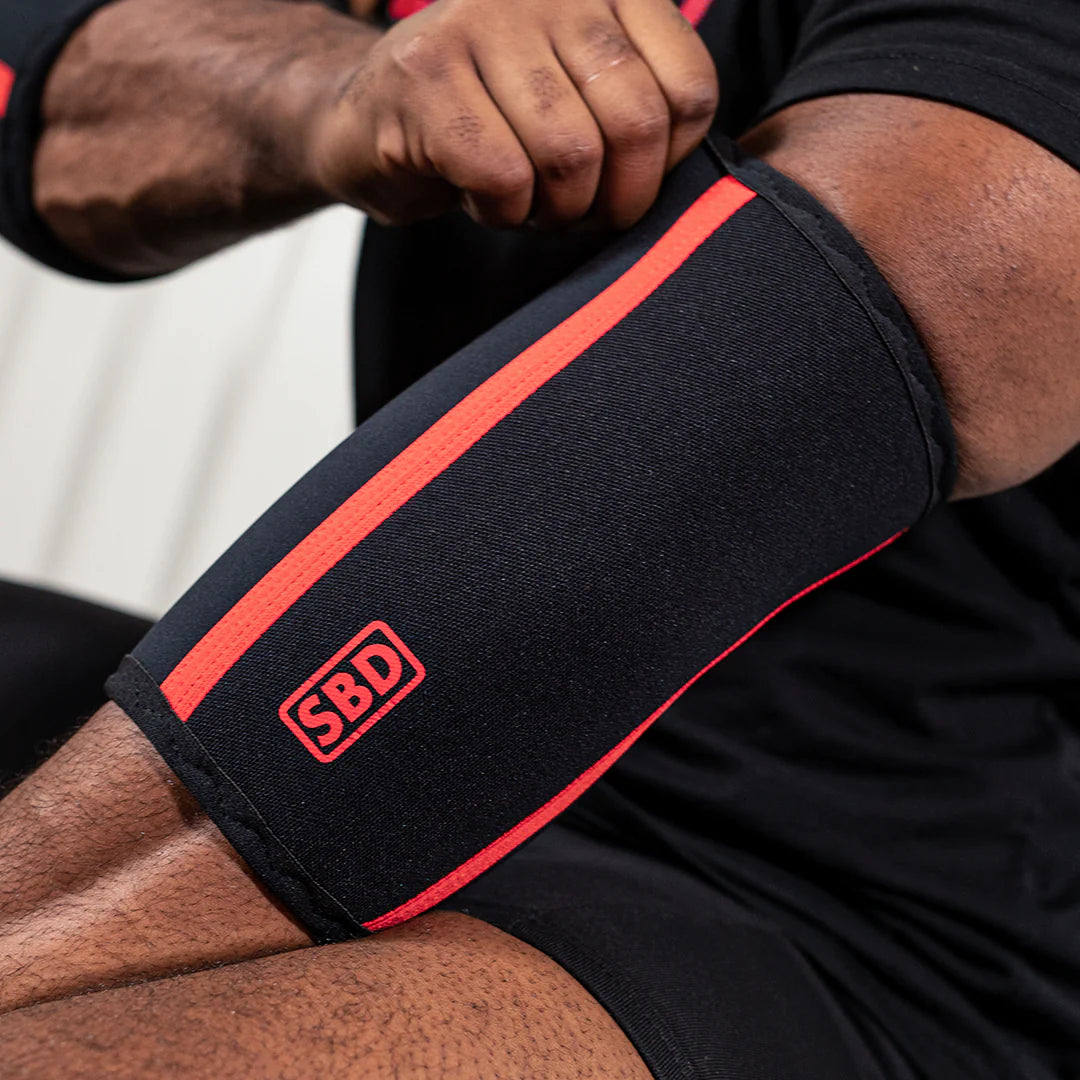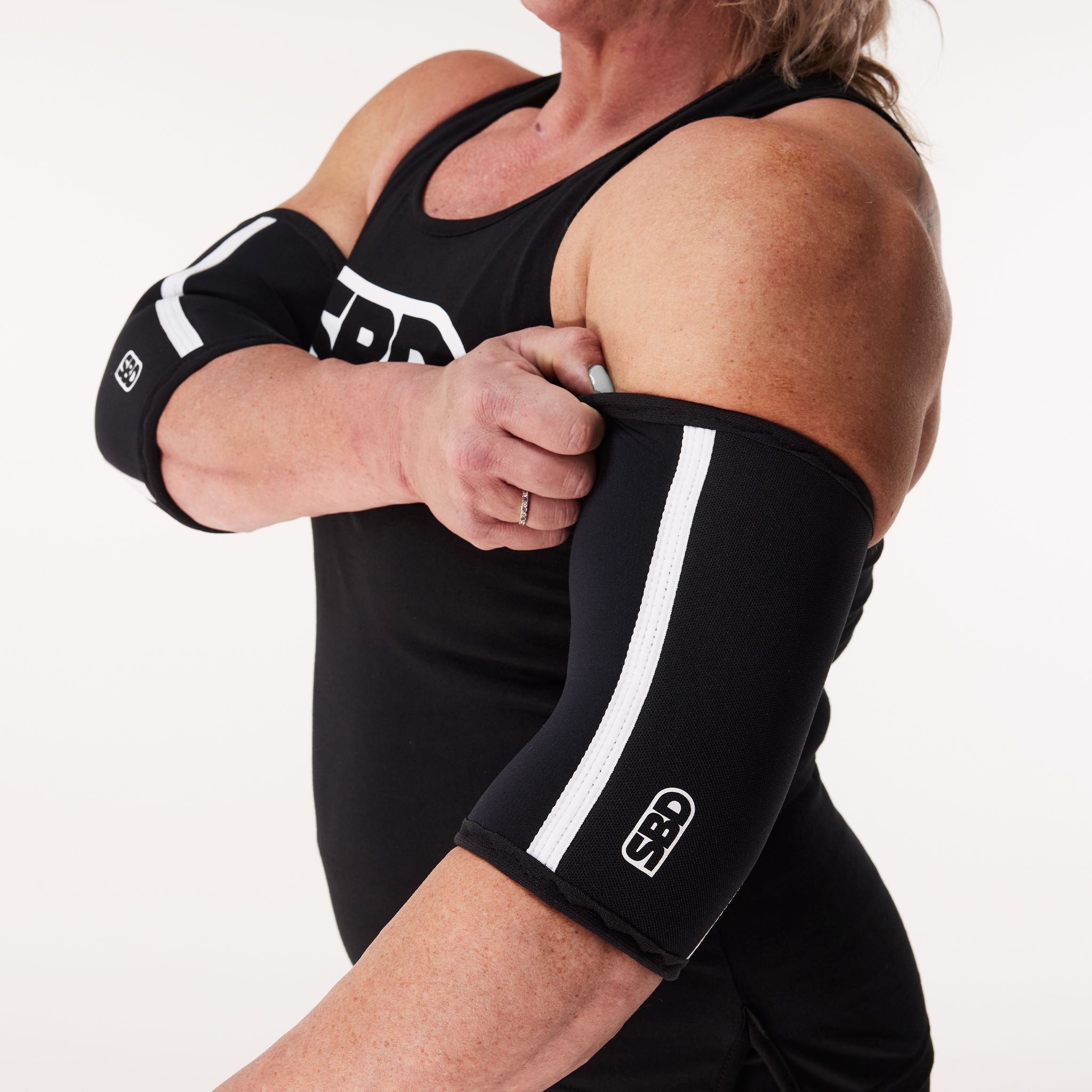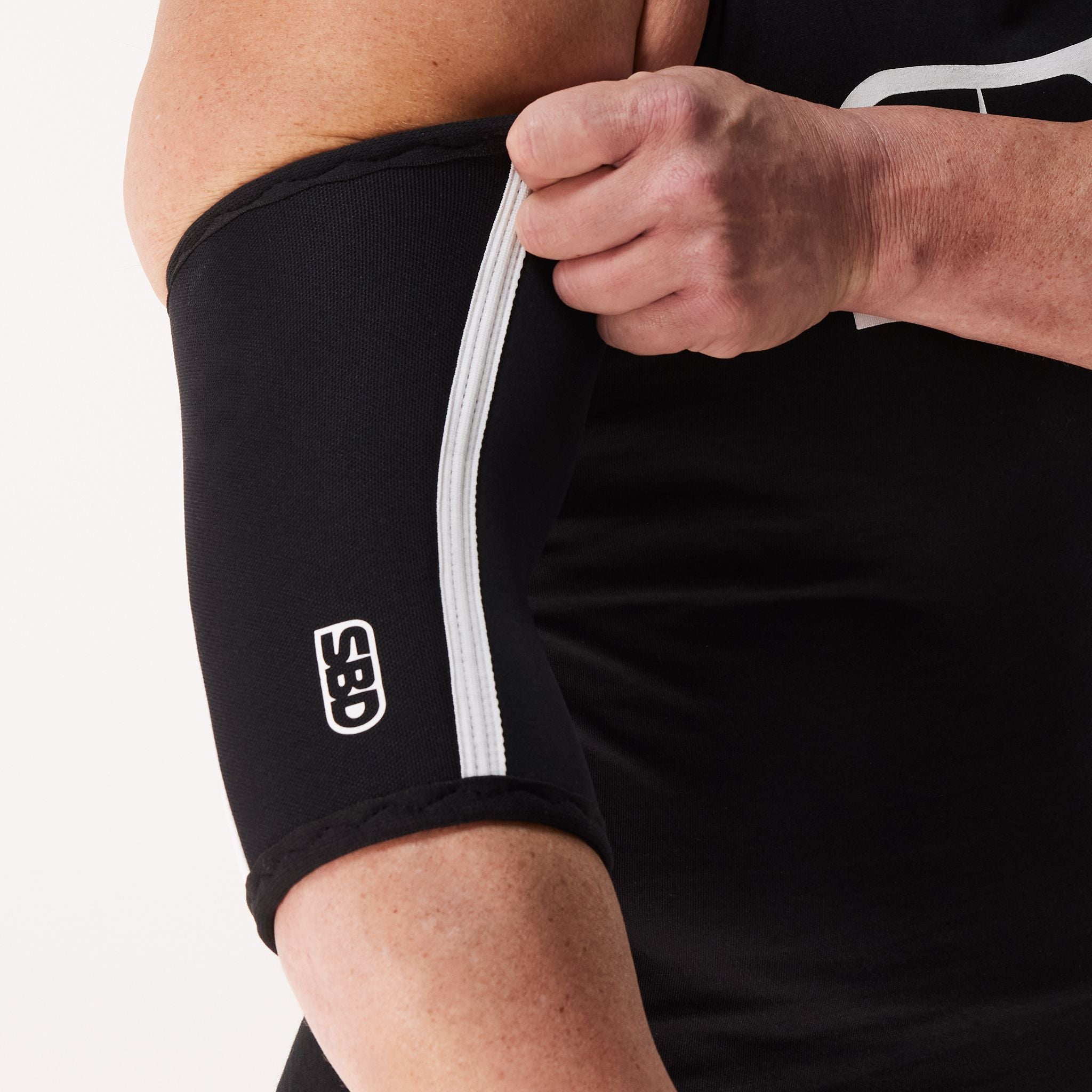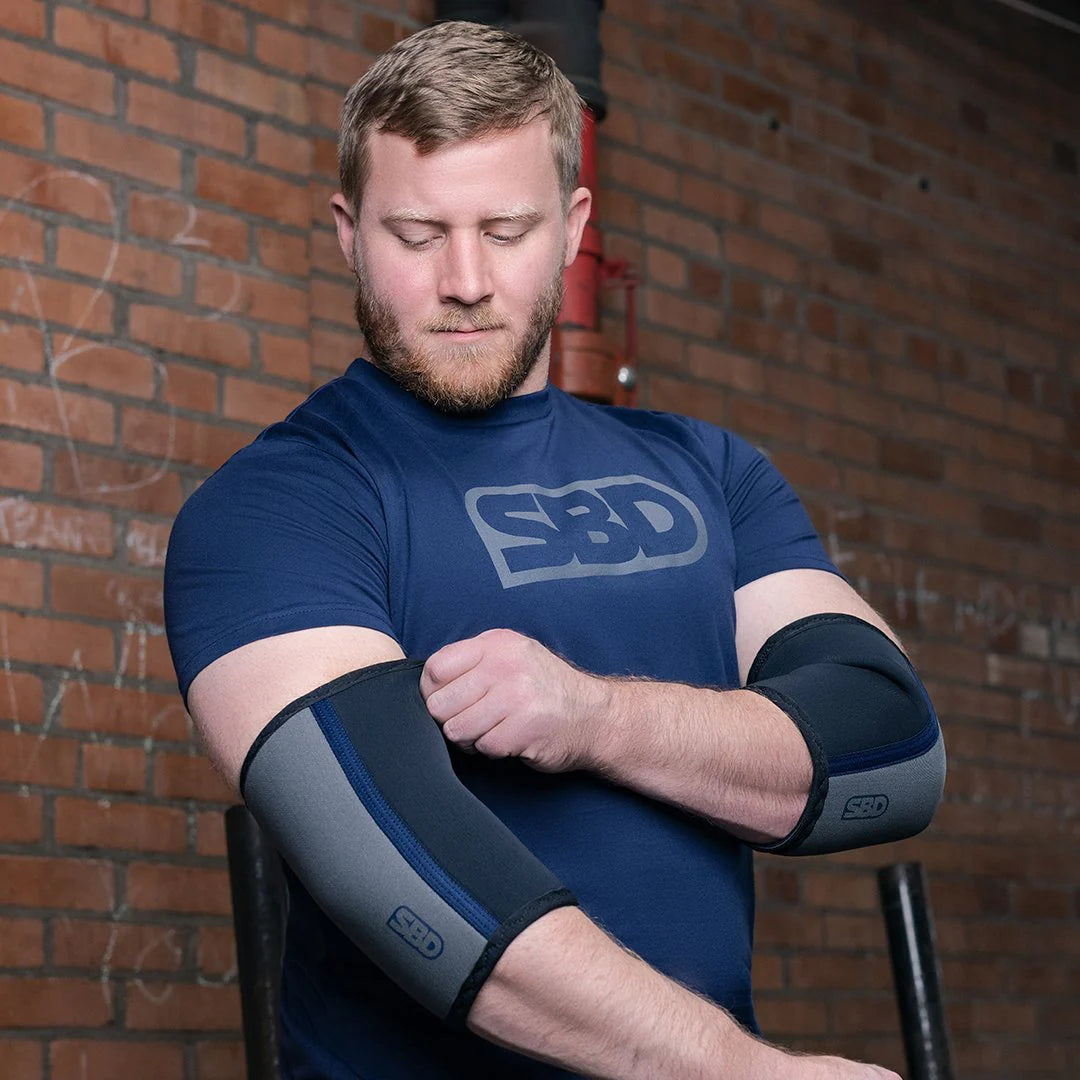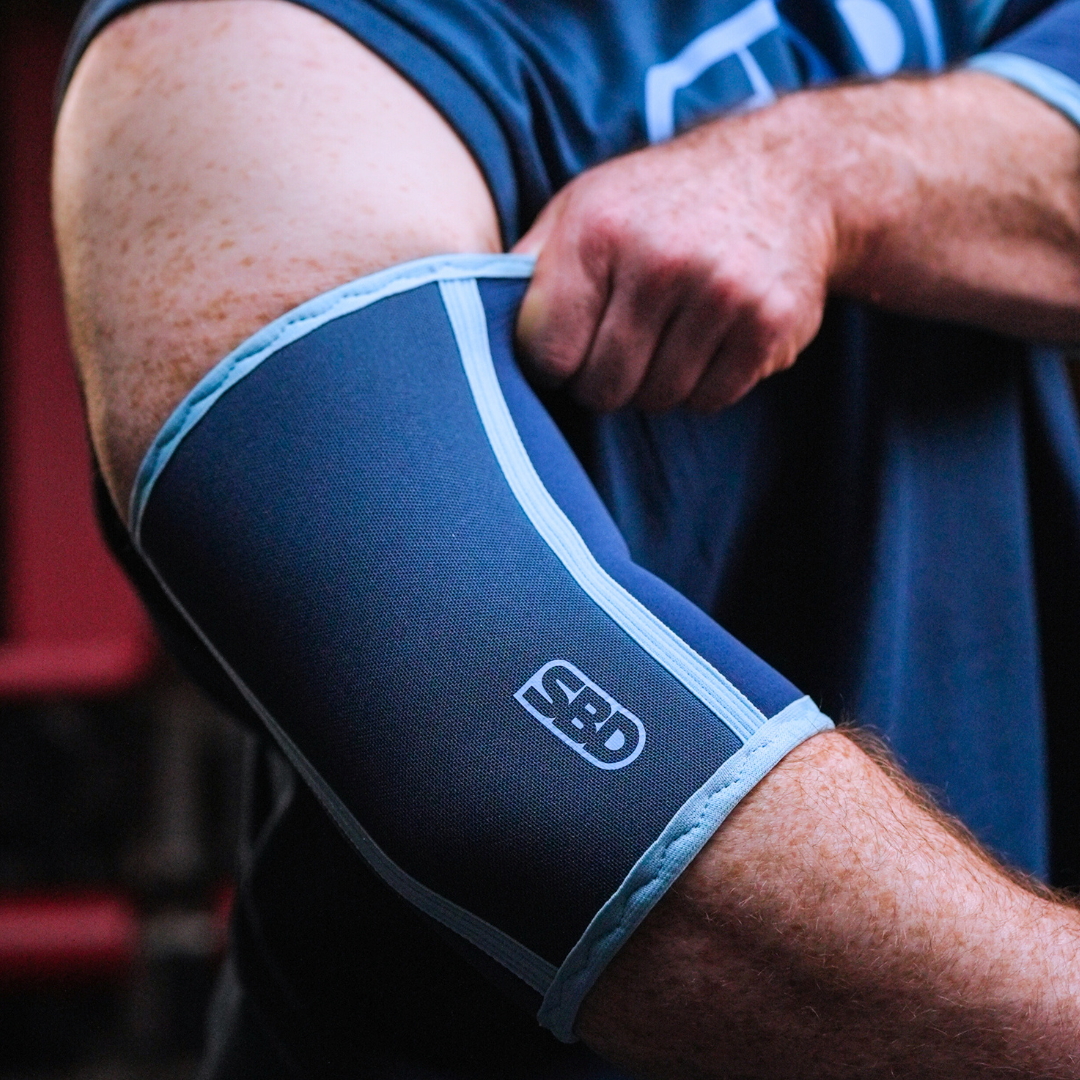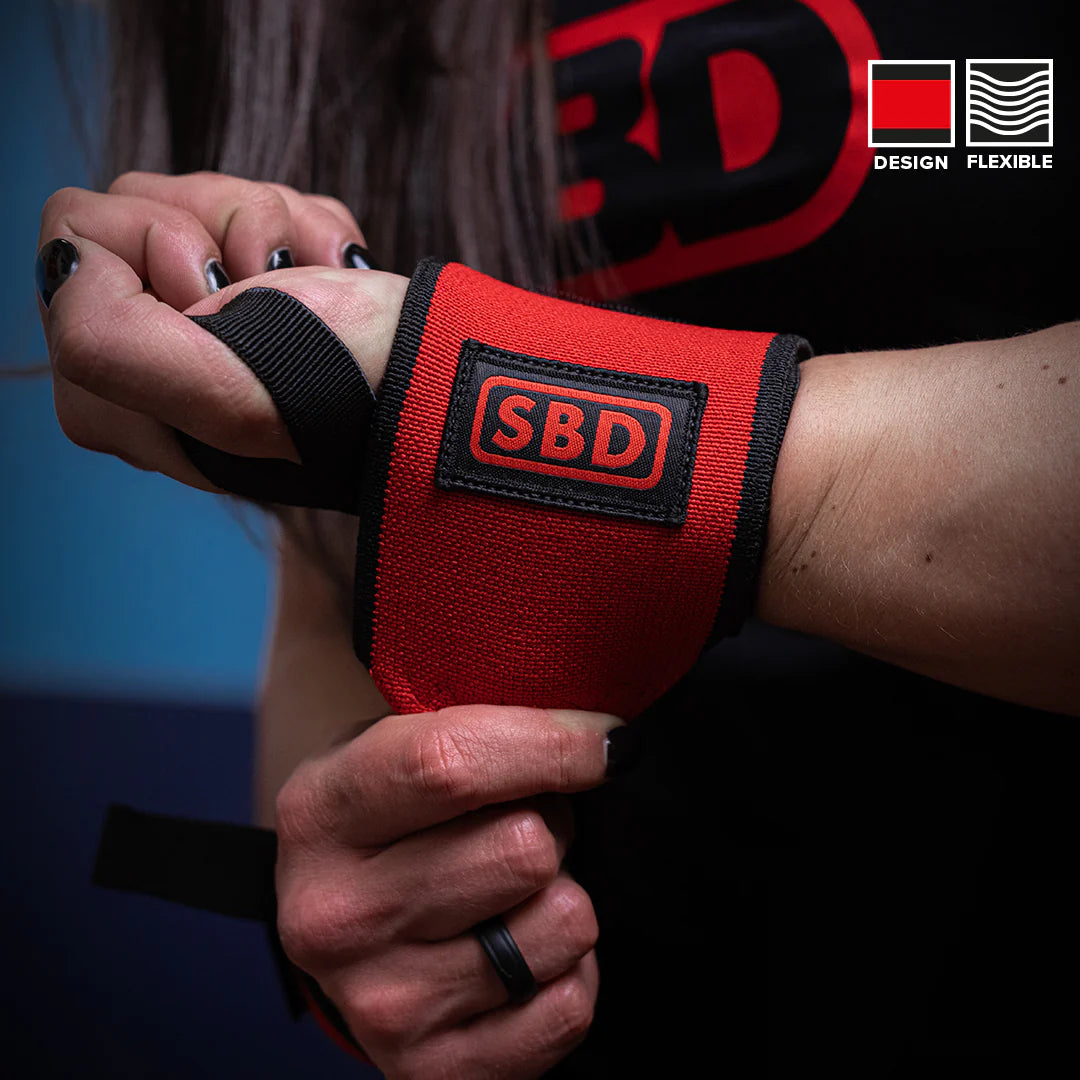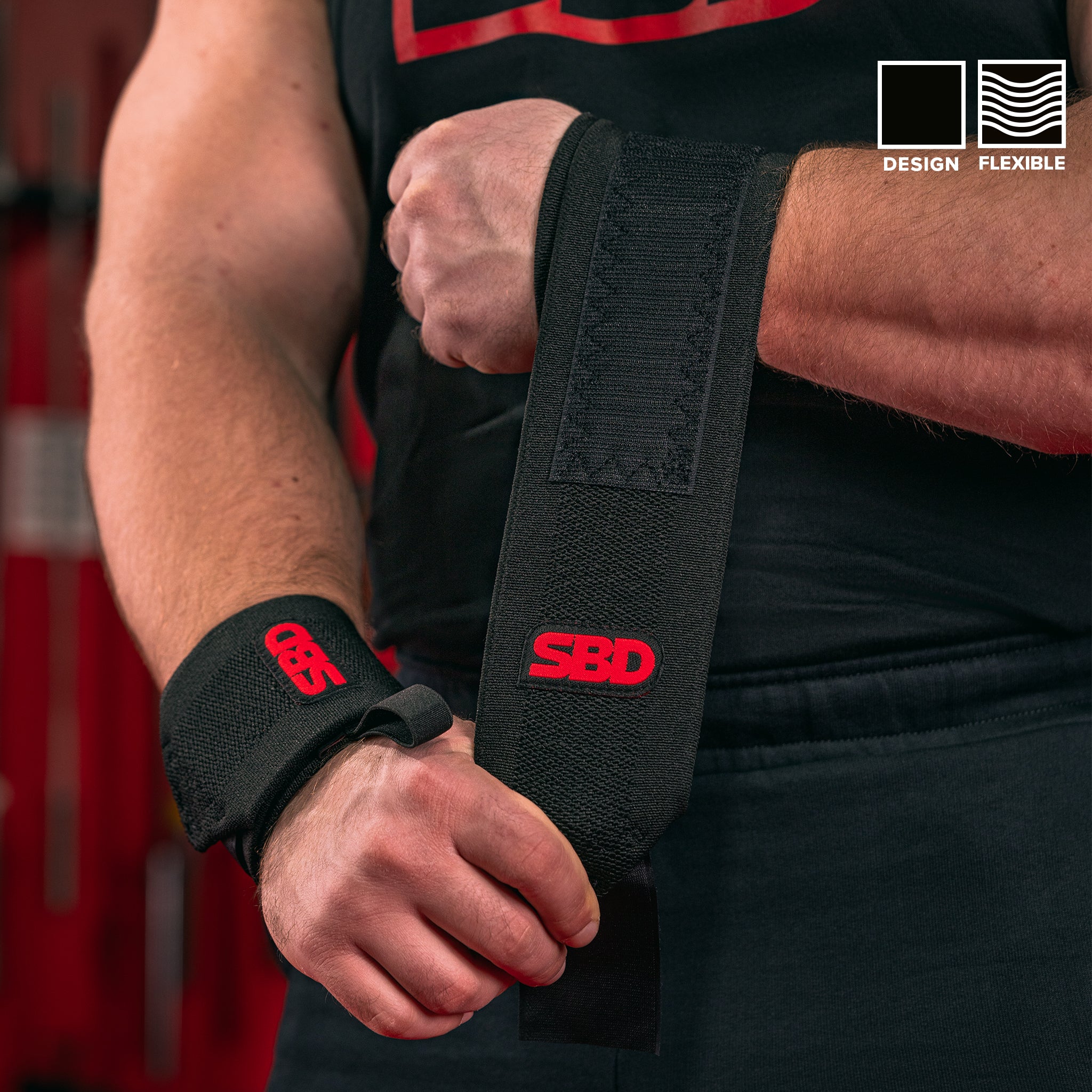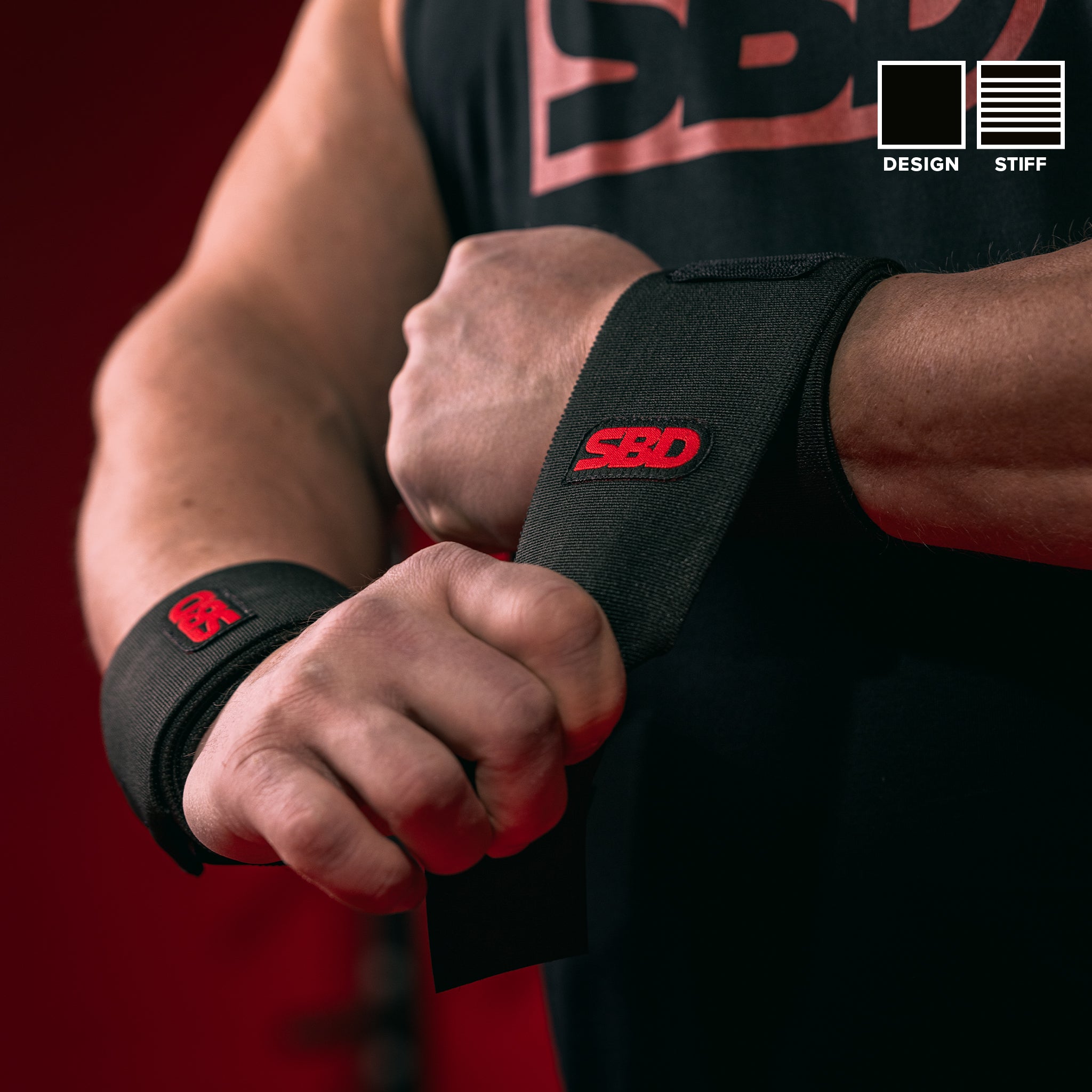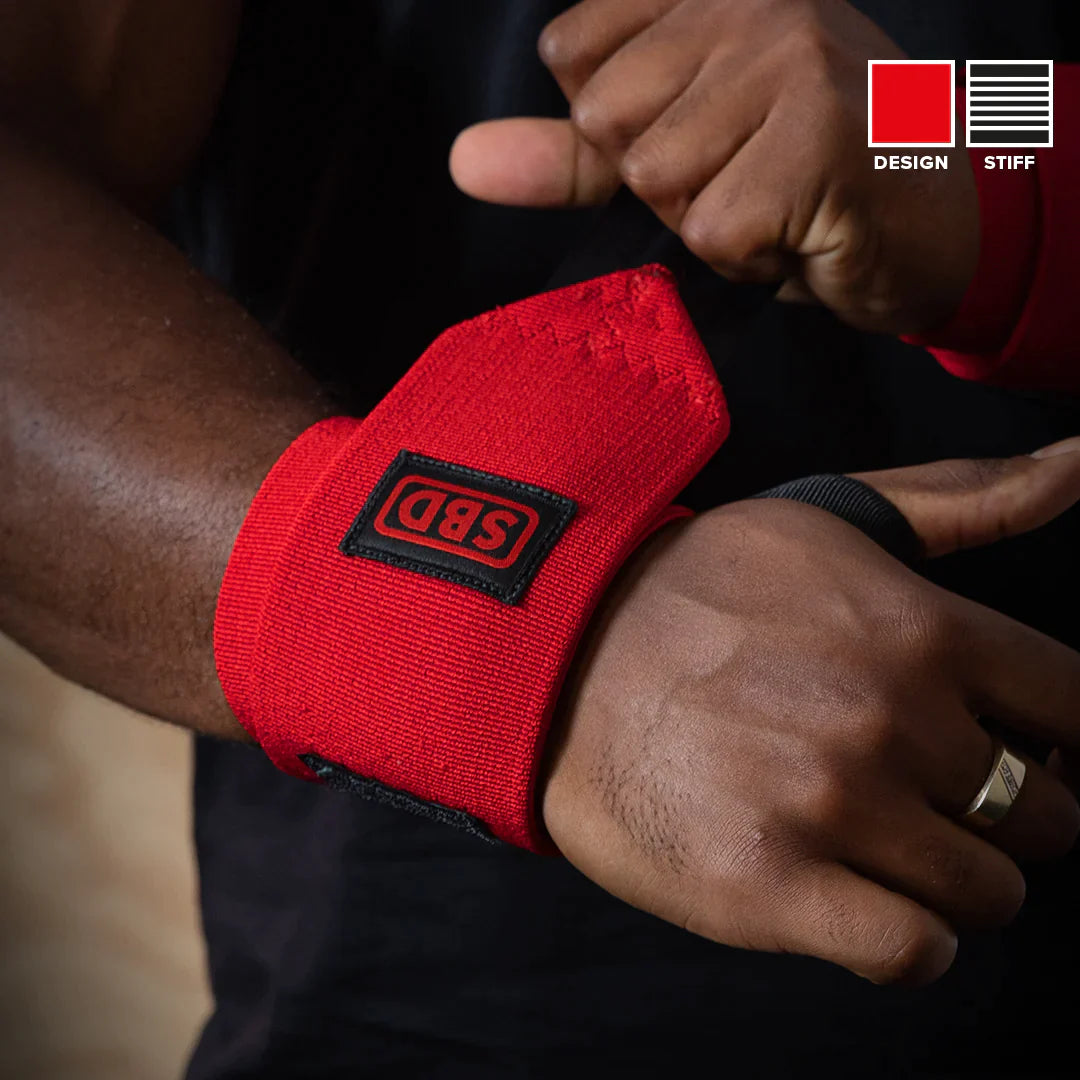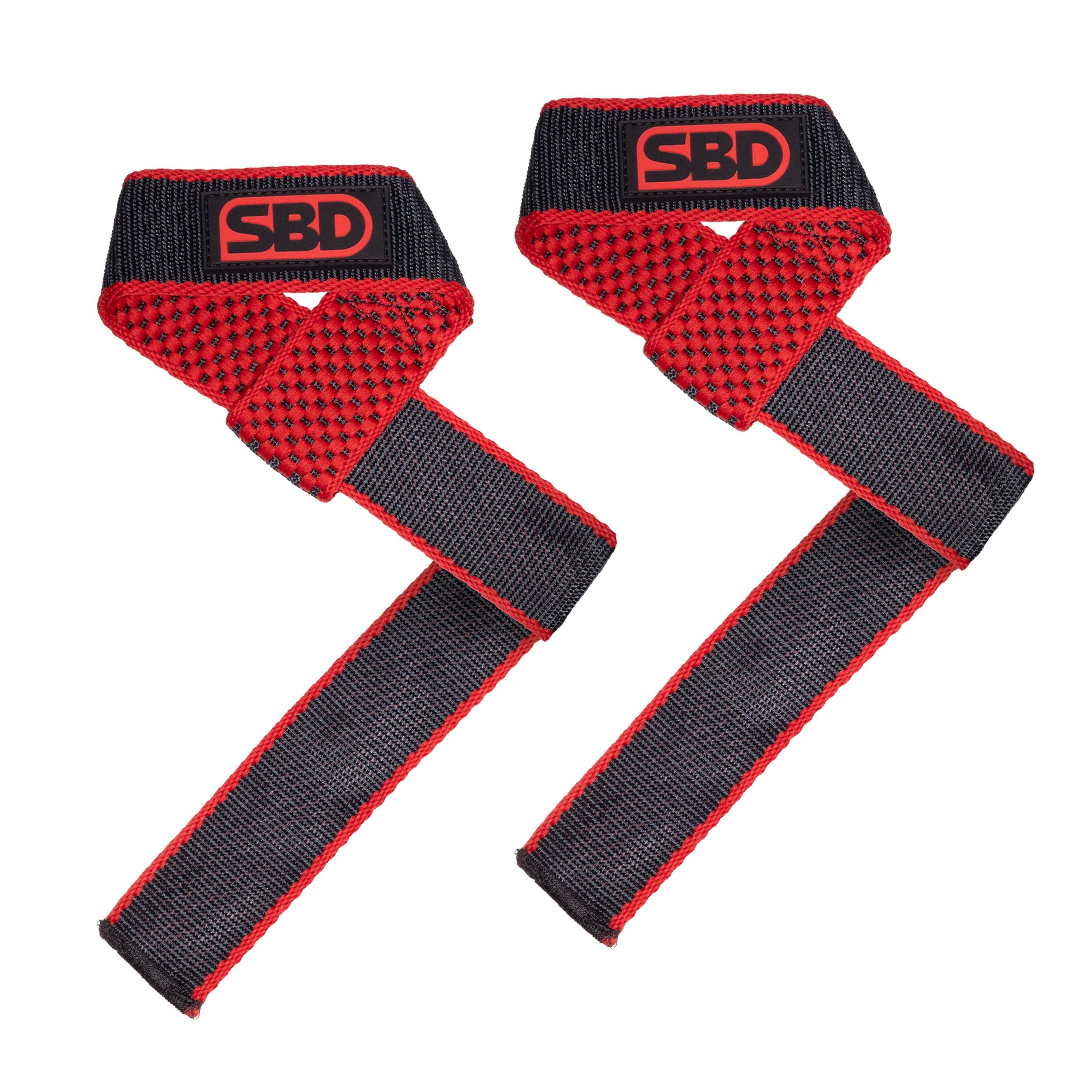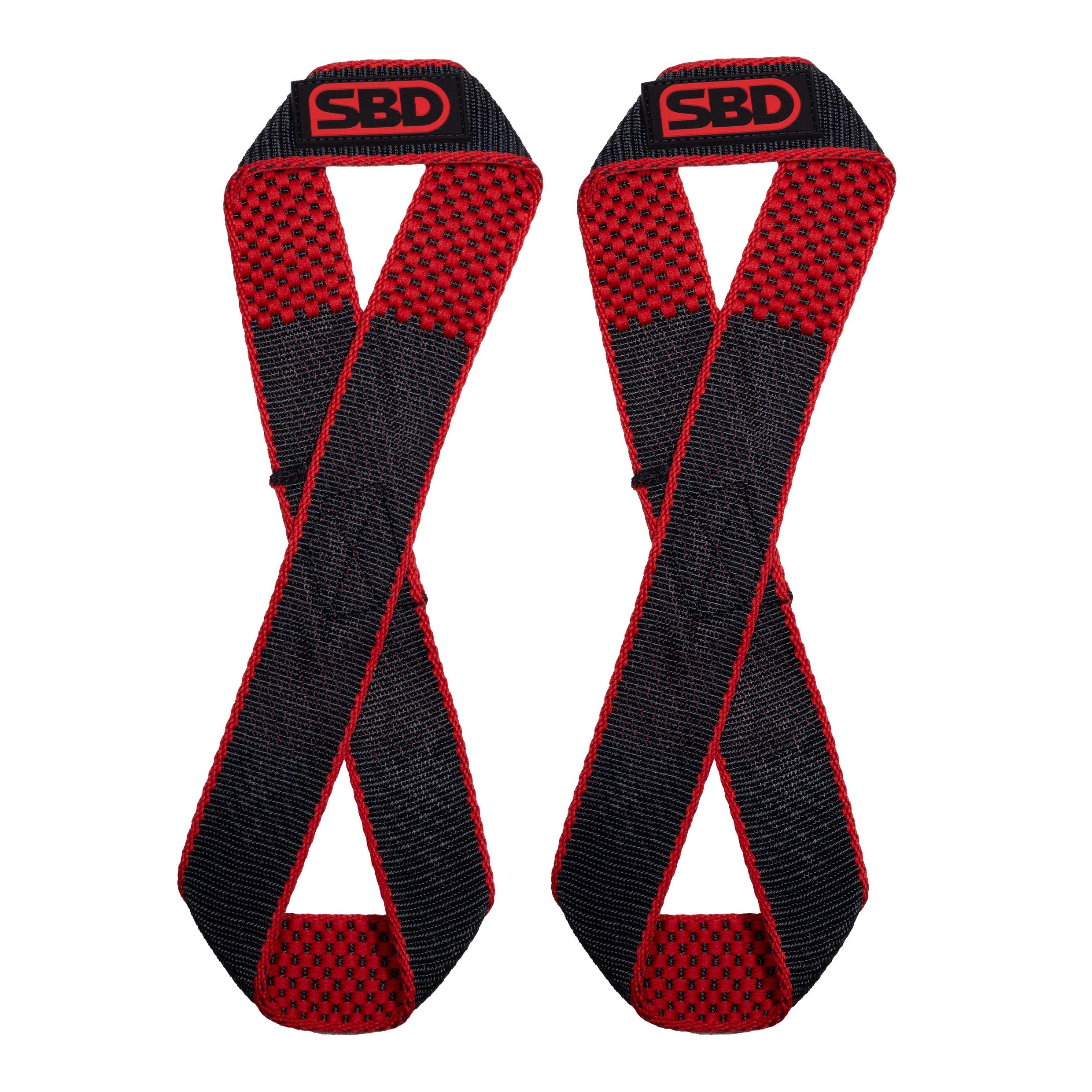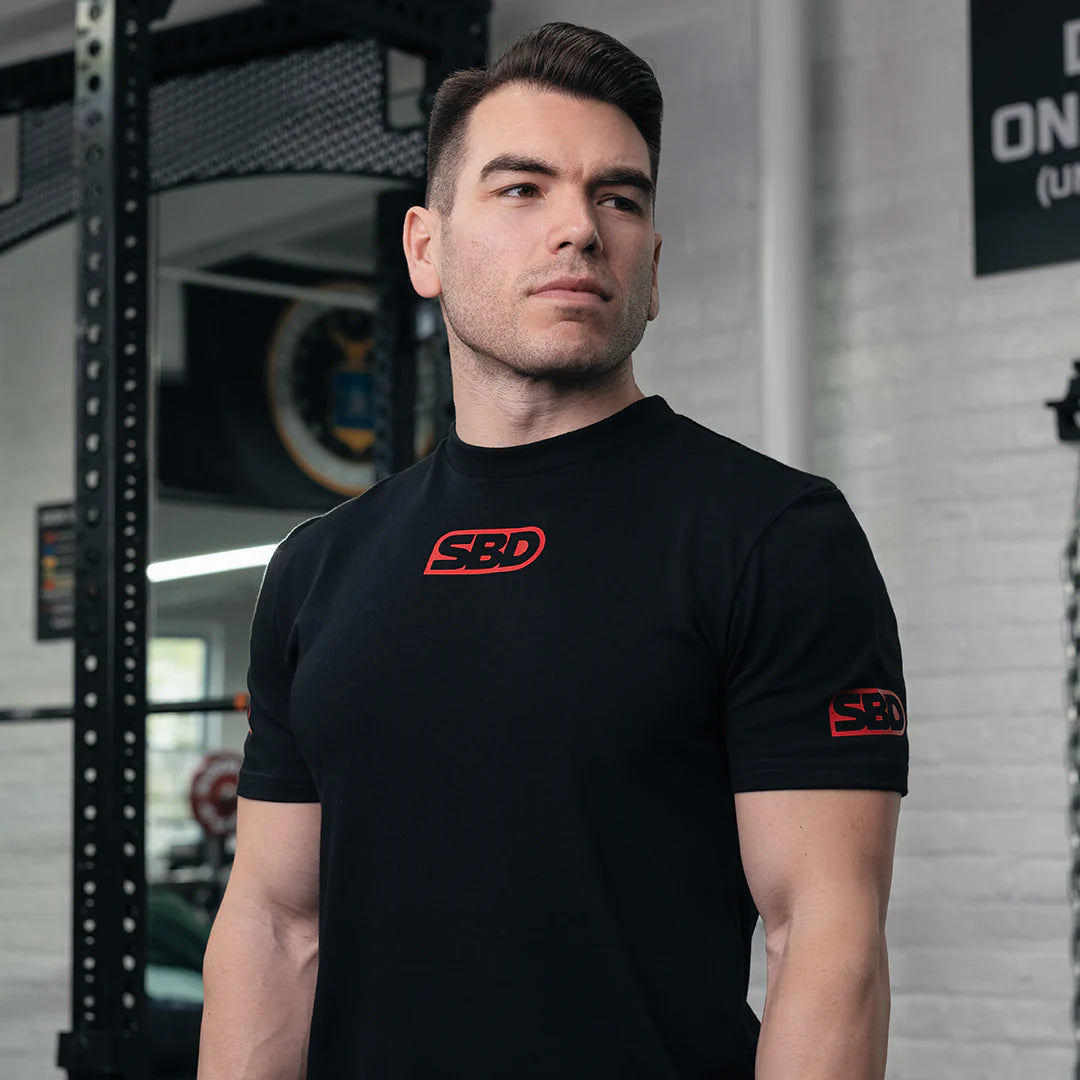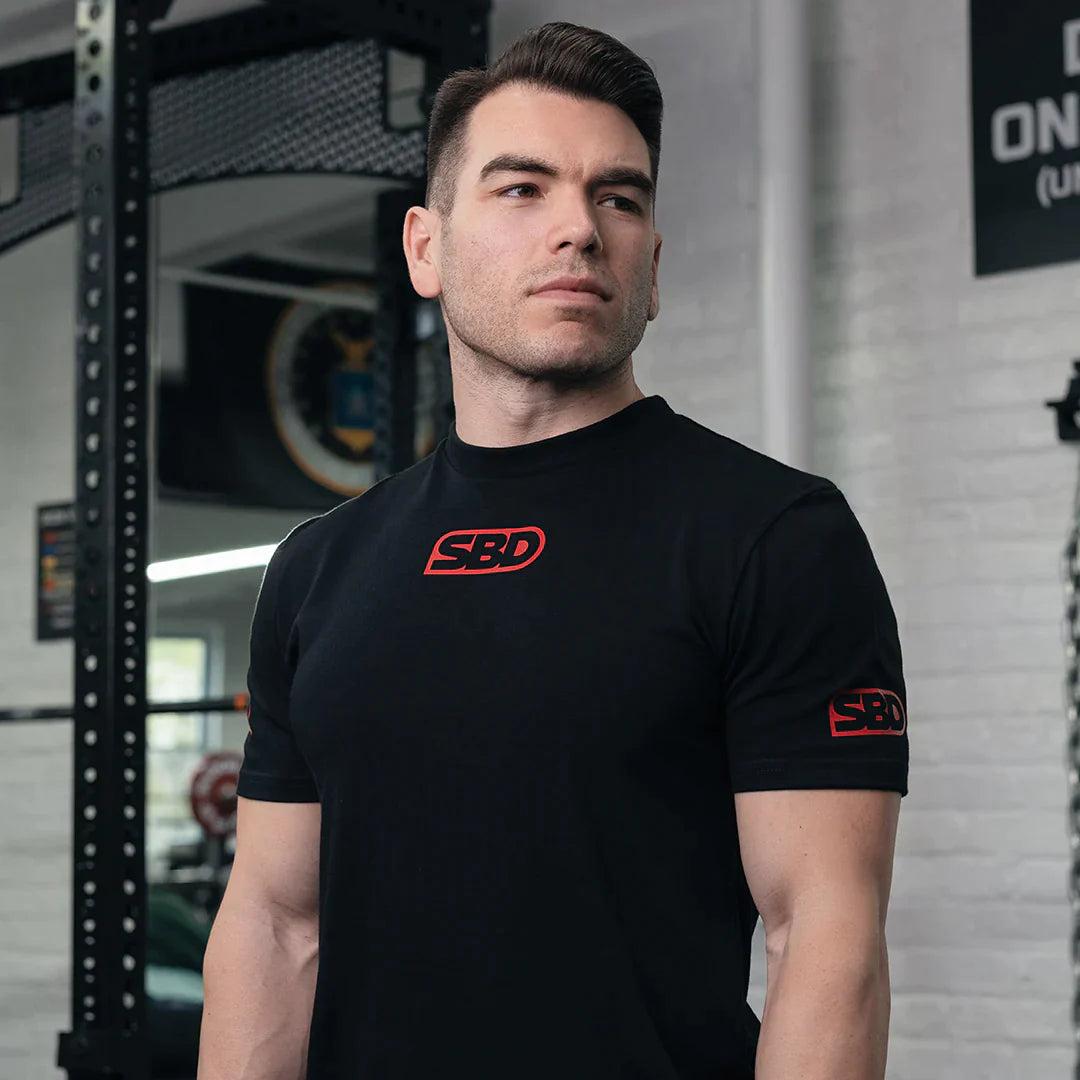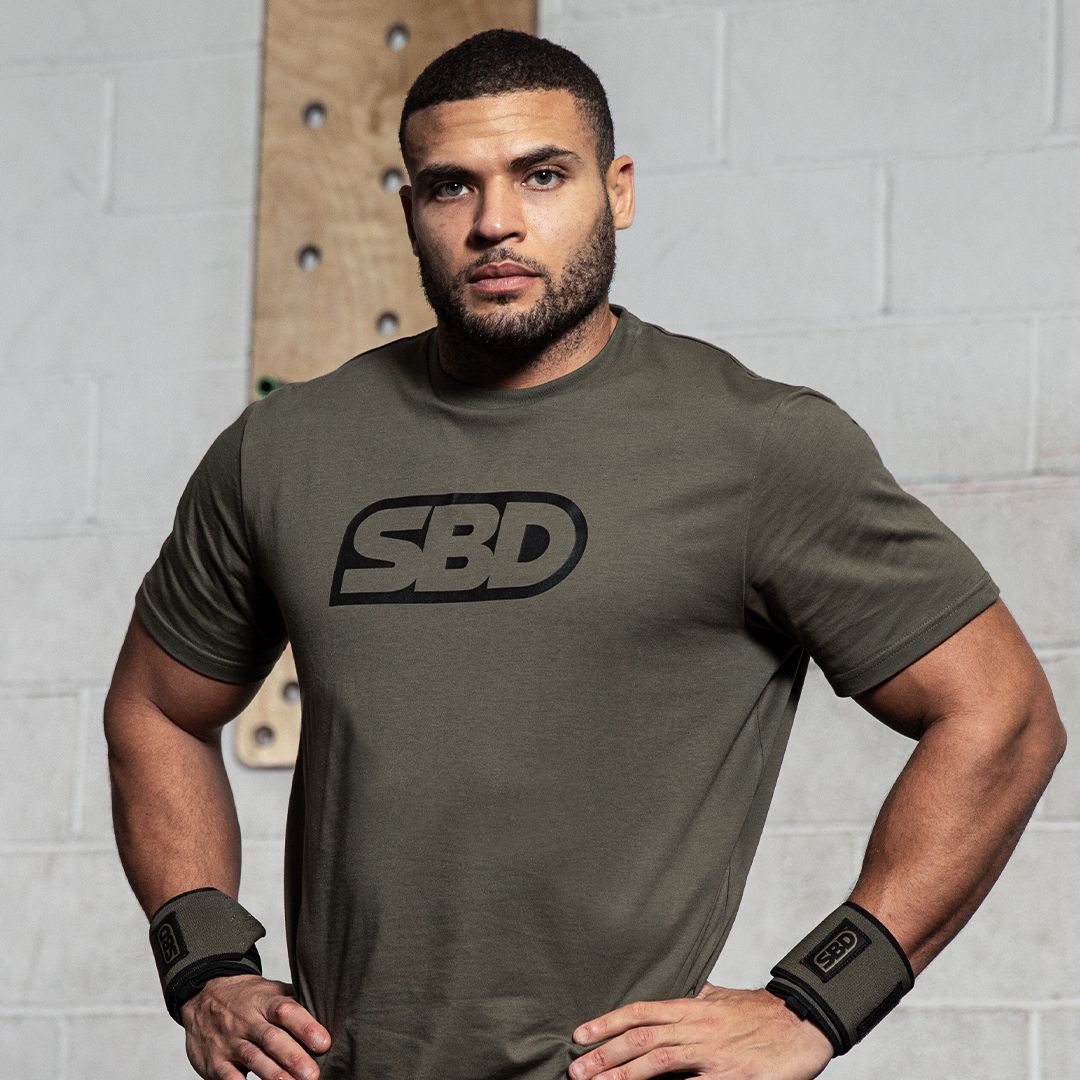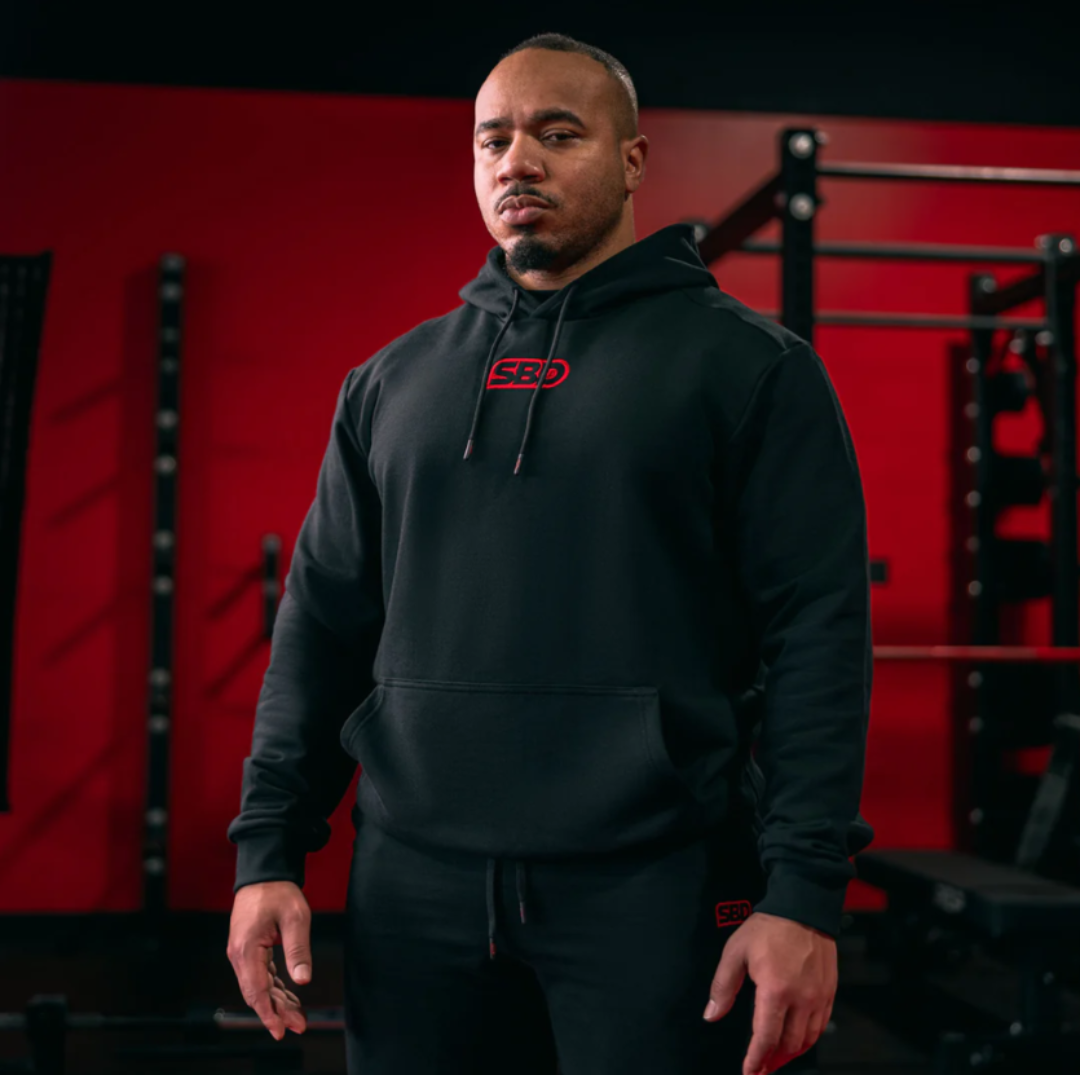The bench press is the gold standard for upper-body strength training. Whether you're chasing a bigger chest, stronger triceps, or a more defined upper body, the bench press plays a key role. But here’s the kicker—most gym-goers unknowingly sabotage their own progress with subtle, yet critical mistakes. If you’ve been benching for months (or years) without seeing the results you want, this article is your wake-up call.
This guide exposes the top 5 bench press mistakes that are killing your gains—and more importantly, how to fix them today.
The Importance of Proper Bench Press Technique
Perfecting your form isn’t just about avoiding injury—it’s about maximising muscular engagement, force output, and overall progress. Technique is the bridge between effort and results. A small adjustment in elbow angle or foot placement could mean the difference between a plateau and a breakthrough.
Proper bench press mechanics help activate key muscle groups like the pectorals, deltoids, triceps, and stabilising muscles. It also supports joint longevity and optimal load management.
Mistake #1: Poor Shoulder Positioning
Why Shoulder Position Matters
Your shoulder blades are the foundation of your upper body when you lie on the bench. Poor positioning—such as flaring out your shoulders or shrugging up—puts unnecessary stress on the rotator cuff and reduces chest activation.
Common Signs You’re Doing It Wrong
-
Shoulders shrug toward your ears during the lift
-
You feel strain in your neck or rotator cuff
-
Your reps feel unstable or shaky
How to Fix It
-
Retract and depress your scapula – Think: “Pinch and tuck.”
-
Keep that position throughout the lift – Don’t let your shoulders move forward as the weight increases.
-
Use warm-ups that prime scapular control – Like band pull-aparts or face pulls.
Proper shoulder positioning will stabilise the bar, improve your pressing mechanics, and reduce risk of injury long-term.
Mistake #2: Incorrect Grip Width
Too Wide vs. Too Narrow
A grip that’s too wide shifts the stress onto your shoulders, risking injury. Too narrow, and your triceps take over, reducing chest activation. Neither is optimal for full development.
Biomechanics and Safety
A correct grip allows your forearms to be vertical at the bottom of the lift, keeping tension in the right areas. Poor grip compromises bar control and can contribute to imbalances.
Ideal Grip Position
Measure by placing your hands slightly wider than shoulder-width. Wrists should stack over elbows at the bottom of the lift. This position offers a balance between safety and strength.
Mistake #3: Bouncing the Bar Off Your Chest
Dangers of Momentum-Based Lifting
Letting the bar rebound off your chest to gain momentum is one of the most common, yet dangerous, habits. It increases risk of rib injuries and completely removes tension from the chest muscles.
Controlling the Descent
Instead of a fast drop, aim for a controlled descent. Lower the bar to just touch your chest lightly—don’t slam it.
Building True Strength
Slow, controlled movements create more time under tension—a key driver of muscle hypertrophy. Use tempo training (e.g. 3-second negatives) to ensure control and optimal activation.
Mistake #4: Not Using Leg Drive
What is Leg Drive?
Leg drive is the application of force through your feet into the ground to stabilise your torso and transfer power into the bar. It’s often neglected, but it’s a game-changer.
How to Engage Your Legs Properly
-
Keep your feet planted and push slightly forward (not upward)
-
Create full-body tension from the feet up
-
Avoid lifting your heels or shifting your base mid-rep
Benefits for Stability and Power
Leg drive creates a stable base, helps maintain proper bar path, and boosts overall pressing power. It ties your whole kinetic chain together.
Mistake #5: Inconsistent Bar Path
Understanding the Optimal Bar Path
The ideal bar path forms a slight arc, moving from your mid-chest area to directly over your shoulders. It’s not a straight up-and-down motion.
Tools and Drills to Improve Consistency
-
Record your lifts from the side
-
Use visual markers on the ceiling
-
Practise pause reps to ingrain the correct motor pattern
How Bar Path Affects Muscle Engagement
An erratic path reduces efficiency and may shift tension away from the pecs. Consistent form leads to better overload, greater gains, and less wear on joints.
Bonus Tips for Better Bench Press Gains
Breathing and Bracing Techniques
Proper breathing increases core tension. Breathe deep into your belly and hold before pressing. Exhale on the way up.
Bench Press Frequency and Volume
Aim to bench 2–3 times per week. Use a mix of high-intensity sets and volume work to build both strength and muscle size.
Incorporating Accessory Work
-
Dumbbell presses
-
Incline/decline variations
-
Chest dips and flyes
These support your main bench press and build weak points.
Frequently Asked Questions
What’s the best bench press grip for chest activation?
A slightly wider than shoulder-width grip activates the chest optimally while protecting the shoulders.
How can I tell if my bar path is off?
Record from the side. If the bar doesn’t arc slightly or shifts drastically, it’s off.
Can I build a big chest without bench pressing?
Yes, exercises like dumbbell presses, push-ups, and dips can develop your chest, though the bench press remains a proven staple.
How often should I bench press per week?
2–3 times weekly is ideal for most lifters, allowing for recovery and consistent progression.
Is it bad to arch my back during the bench press?
A slight arch is fine and helps with stability. Excessive arching, however, can increase risk of injury.
Should I use a spotter every time?
Yes, especially during heavy lifts. A spotter ensures safety and encourages maximal effort.
Conclusion
The bench press is a powerful tool—but only when performed correctly. By addressing these 5 common mistakes, you’ll not only lift more but build muscle more efficiently and safely. Remember, it's not just about how much you lift—it's about how you lift it. Form is power.
Implement the fixes from today’s guide, track your progress, and prepare for serious gains.




